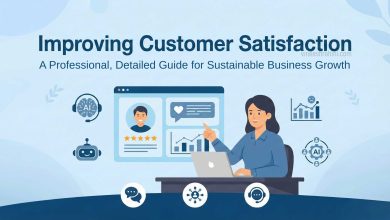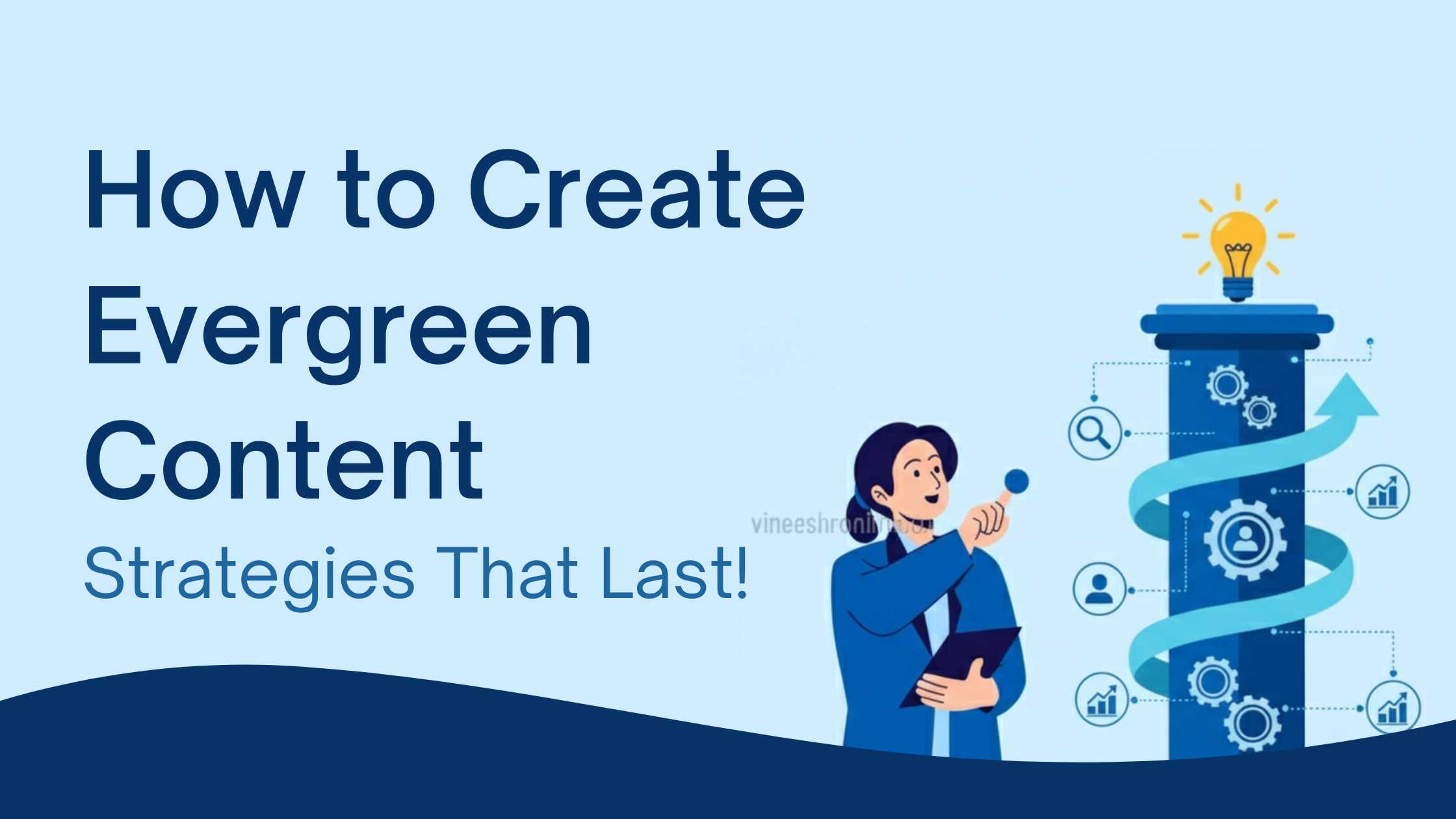Maximizing Returns on Investment in Digital Marketing: Strategies, Metrics, and Best Practices
Return on Investment (ROI) is a critical metric in digital marketing that measures the effectiveness of marketing campaigns and activities. In today’s highly competitive online landscape, understanding and optimizing ROI is essential for businesses aiming to make the most of their marketing budgets. This 3000-word essay delves into the intricacies of ROI in digital marketing, discussing its significance, calculation methods, key performance indicators (KPIs), strategies for improving ROI, and the future of ROI measurement in the ever-evolving digital marketing landscape.
1. Introduction
In the digital age, where consumers spend a significant portion of their time online, businesses must harness the power of digital marketing to stay competitive. However, the effectiveness of digital marketing campaigns is often gauged by one critical metric: Return on Investment (ROI). ROI in digital marketing serves as a barometer for assessing the profitability and efficiency of marketing efforts. This essay aims to provide a comprehensive exploration of ROI in digital marketing, covering its significance, calculation methods, KPIs, strategies for improvement, and the future of ROI measurement.
2. The Significance of ROI in Digital Marketing
ROI is the ultimate measure of success in any business endeavor, and digital marketing is no exception. In the digital realm, where every click and interaction can be tracked, calculating ROI becomes feasible and highly valuable. The significance of ROI in digital marketing can be summarized as follows:
2.1. Cost-Effectiveness: ROI allows businesses to determine which digital marketing channels and strategies provide the most cost-effective results. This knowledge enables them to allocate resources efficiently.
2.2. Performance Evaluation: ROI offers a clear picture of how well a digital marketing campaign is performing. It helps in identifying areas that need improvement and optimizing strategies accordingly.
2.3. Decision Making: ROI guides decision-making processes. It helps businesses decide whether to continue or discontinue certain marketing activities, invest more in high-performing campaigns, or pivot their strategies.
3. Calculating ROI in Digital Marketing
Calculating ROI in digital marketing involves determining the return (revenue generated) and the investment (cost incurred) for a specific marketing activity or campaign. The standard formula for ROI is as follows:
ROI=MarketingInvestment(NetProfit−MarketingInvestment)×100
Where:
- Net Profit represents the revenue generated from the marketing activity minus any associated costs.
- Marketing Investment encompasses all expenses directly related to the marketing campaign.
For example, if a business invests $1,000 in a Google Ads campaign and generates $3,000 in revenue from it, the ROI can be calculated as:
ROI=1,000(3,000−1,000)×100=200%
This means that for every dollar invested in the Google Ads campaign, the business earned $2 in profit.
4. Key Performance Indicators (KPIs) for ROI Measurement
While ROI is the ultimate metric for evaluating the success of digital marketing campaigns, several key performance indicators can help dissect and understand the various elements contributing to ROI. Some crucial KPIs include:
4.1. Conversion Rate: The percentage of visitors who take a desired action, such as making a purchase or signing up for a newsletter. A higher conversion rate often leads to a better ROI.
4.2. Customer Acquisition Cost (CAC): The cost of acquiring a new customer. Calculated by dividing marketing expenses by the number of new customers acquired, a lower CAC contributes to a higher ROI.
4.3. Customer Lifetime Value (CLV): The total revenue a business can expect to earn from a single customer over their lifetime. Maximizing CLV can significantly impact ROI.
4.4. Click-Through Rate (CTR): The percentage of people who click on an ad after viewing it. A high CTR can lead to more conversions and a better ROI.
4.5. Return on Ad Spend (ROAS): Similar to ROI but specifically focused on advertising spend. ROAS measures the revenue generated from ad campaigns compared to the cost of those campaigns.
5. Strategies for Maximizing ROI in Digital Marketing
Achieving a high ROI in digital marketing requires a strategic approach. Here are some effective strategies:
5.1. Audience Segmentation: Tailor marketing campaigns to specific audience segments. Personalized messages are more likely to resonate and convert, leading to a higher ROI.
5.2. A/B Testing: Continuously test different elements of your marketing campaigns, such as ad copy, images, and landing pages, to identify what resonates best with your audience and improves conversion rates.
5.3. Content Marketing: Invest in high-quality, informative content that establishes your brand as an authority in your industry. Content marketing can lead to organic traffic, reducing customer acquisition costs and increasing ROI.
5.4. SEO Optimization: Optimize your website and content for search engines to improve organic traffic. Organic traffic tends to have a higher conversion rate, contributing positively to ROI.
5.5. Social Media Advertising: Leverage social media platforms to target specific demographics. Effective social media advertising can result in high ROI due to precise audience targeting.
5.6. Marketing Automation: Implement marketing automation tools to streamline and personalize marketing efforts. Automation can reduce manual labor and improve campaign efficiency, ultimately enhancing ROI.
6. The Future of ROI Measurement in Digital Marketing
As digital marketing continues to evolve, so too will the methods and tools for measuring ROI. Some emerging trends and future considerations include:
6.1. Attribution Modeling: Improved attribution models will provide a more accurate picture of how different marketing channels contribute to conversions, helping businesses allocate budgets more effectively.
6.2. AI and Machine Learning: AI and machine learning algorithms will play a larger role in optimizing digital marketing campaigns by predicting customer behavior and automating decision-making processes.
6.3. Enhanced Data Privacy: As data privacy regulations become stricter, businesses will need to find innovative ways to collect and use data while respecting consumers’ privacy, potentially affecting the tracking and measurement of ROI.
6.4. Multi-Touchpoint Measurement: A shift towards measuring ROI across multiple touchpoints in the customer journey will provide a more holistic view of how marketing efforts influence conversions.
7. Conclusion
ROI in digital marketing is the ultimate gauge of success. It serves as a compass for businesses navigating the intricate digital landscape. By understanding its significance, employing the right calculation methods, tracking relevant KPIs, and implementing effective strategies, businesses can not only maximize their ROI but also thrive in the competitive world of digital marketing. As technology continues to advance, staying ahead of the curve in ROI measurement will be essential for businesses looking to remain relevant and profitable.



